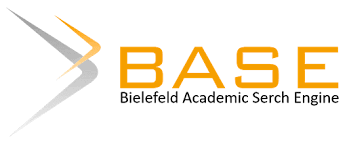VIDEO BRANDING UNTUK PROMOSI TAMAN KUMBASARI SEBAGAI UPAYA PENINGKATAN MINAT WISATAWAN BERWISATA
DOI:
https://doi.org/10.59819/sewagati.v2i2.3131Keywords:
Branding, Video, Kumbasari ParkAbstract
Product branding or marketing has now evolved from static images to videos. The right video can give an in-depth image to tourists to come on a trip to the tourist attraction. Making appealing branding videos needs skills in taking photos and creating a captivating plot, packaging the videos by editing sound and pictures, adding text and dubbing. After COVID-19, Kumbasari Park has not been able to increase foreign and domestic tourist visits. This is because tourist attractions have not been able to optimize their branding. As a solution to this problem, community service activities are carried out. The dedication is aimed at boosting tourism by increasing visits to tourist attractions. This is because the Denpasar City tourism office has not optimized promotional media through videography. This community service activity is to create promotional videography and utilize social media to make tourist attractions viral through Instagram/TikTok accounts owned by IPB International students. In addition, the implementation team will also help disseminate videos by reposting videos to other accounts owned by IPB International students. The goal is to introduce and make tourist attractions viral to attract tourists to come and revisit for tourism.
Downloads
Downloads
Published
Issue
Section
License
Authors who publish with the Jurnal Sewagti agree to the following terms:
1. Authors retain copyright and grant the journal the right of first publication with the work simultaneously licensed under a Creative Commons Attribution License (CC BY-SA 4.0) that allows others to share the work with an acknowledgment of the work's authorship and initial publication in this journal.
2. Authors are able to enter into separate, additional contractual arrangements for the non-exclusive distribution of the journal's published version of the work (e.g., post it to an institutional repository or publish it in a book), with an acknowledgment of its initial publication in this journal.
3. Authors are permitted and encouraged to post their work online (e.g., in institutional repositories or on their website) prior to and during the submission process, as it can lead to productive exchanges, as well as earlier and greater citation of published work. (See The Effect of Open Access) .




















